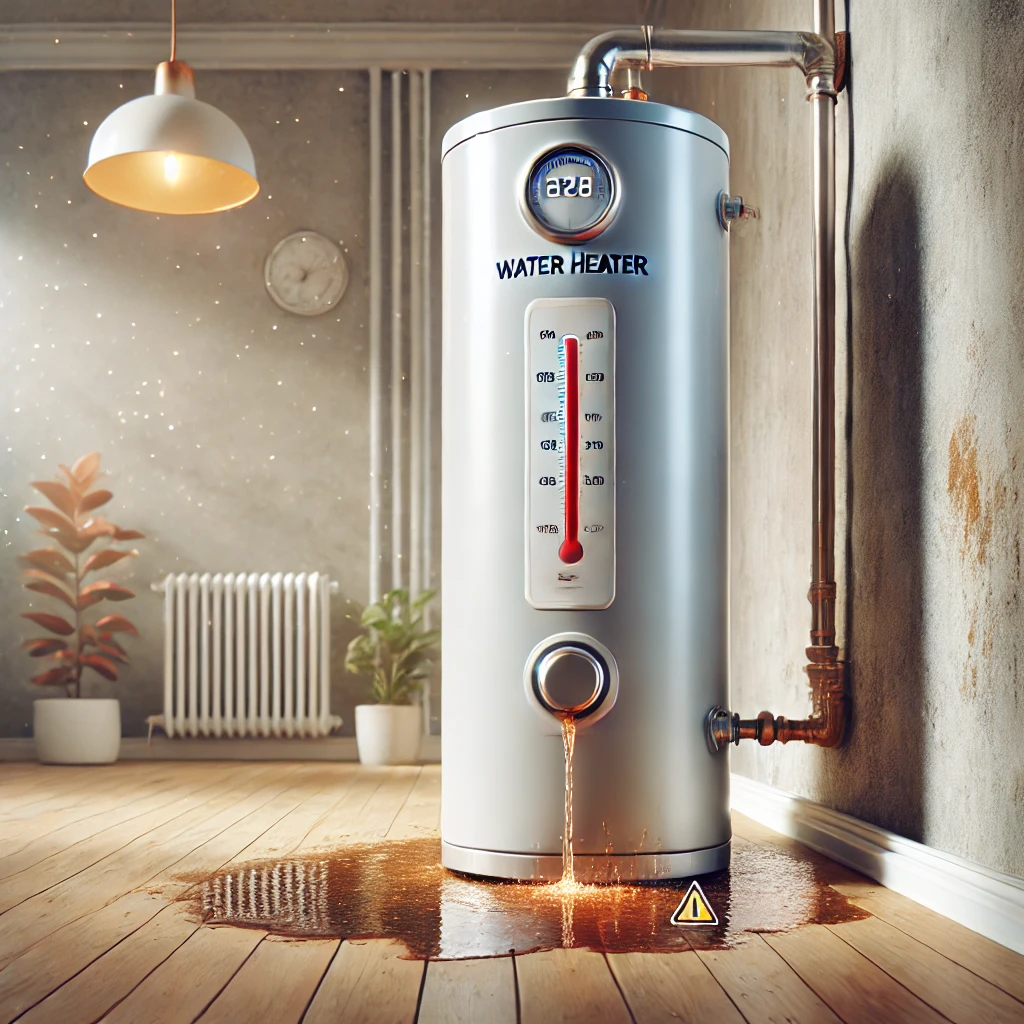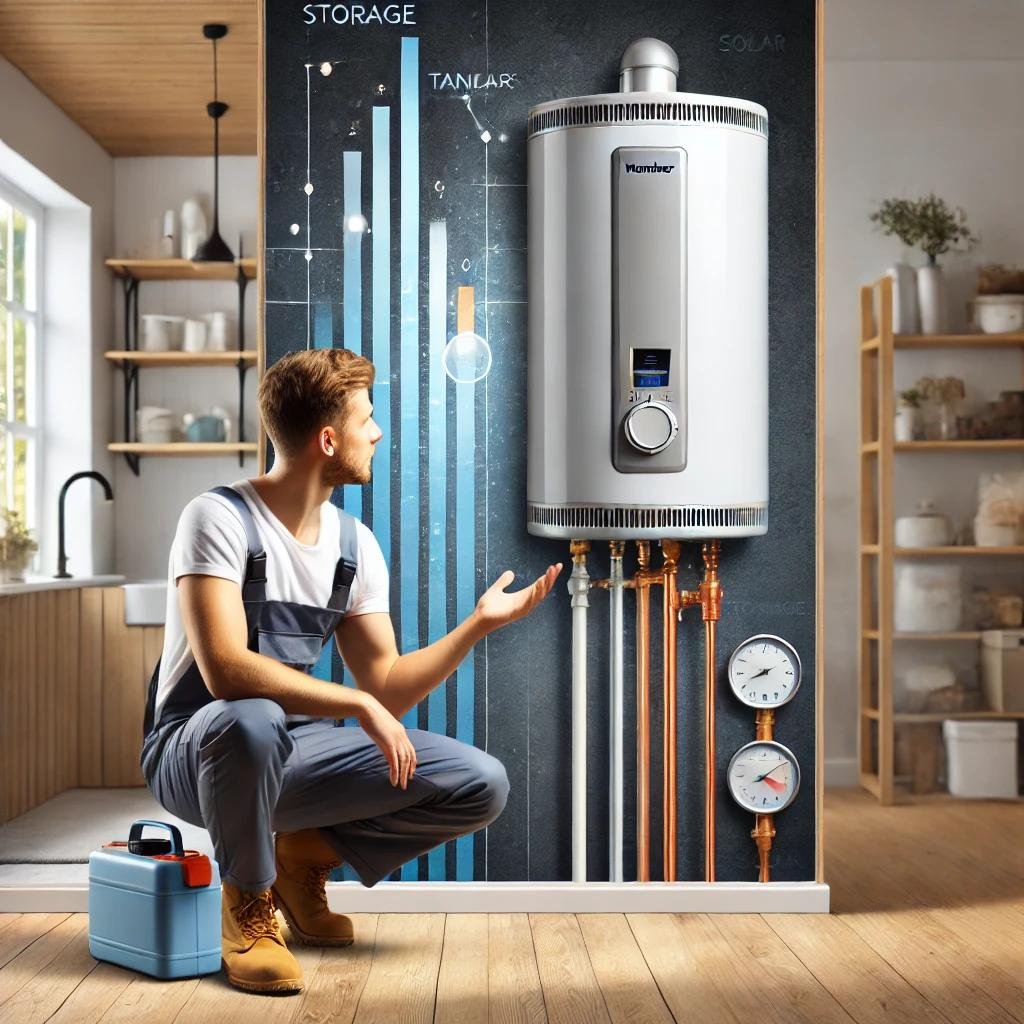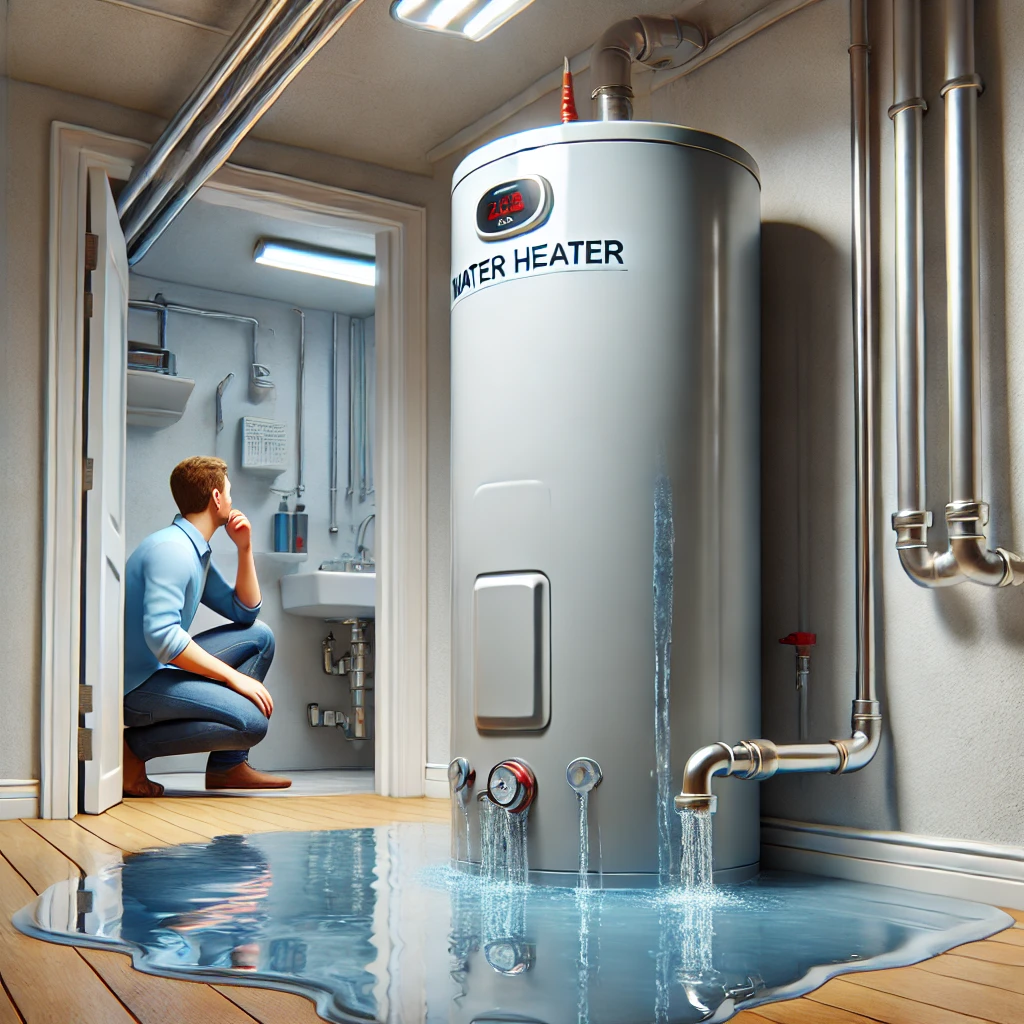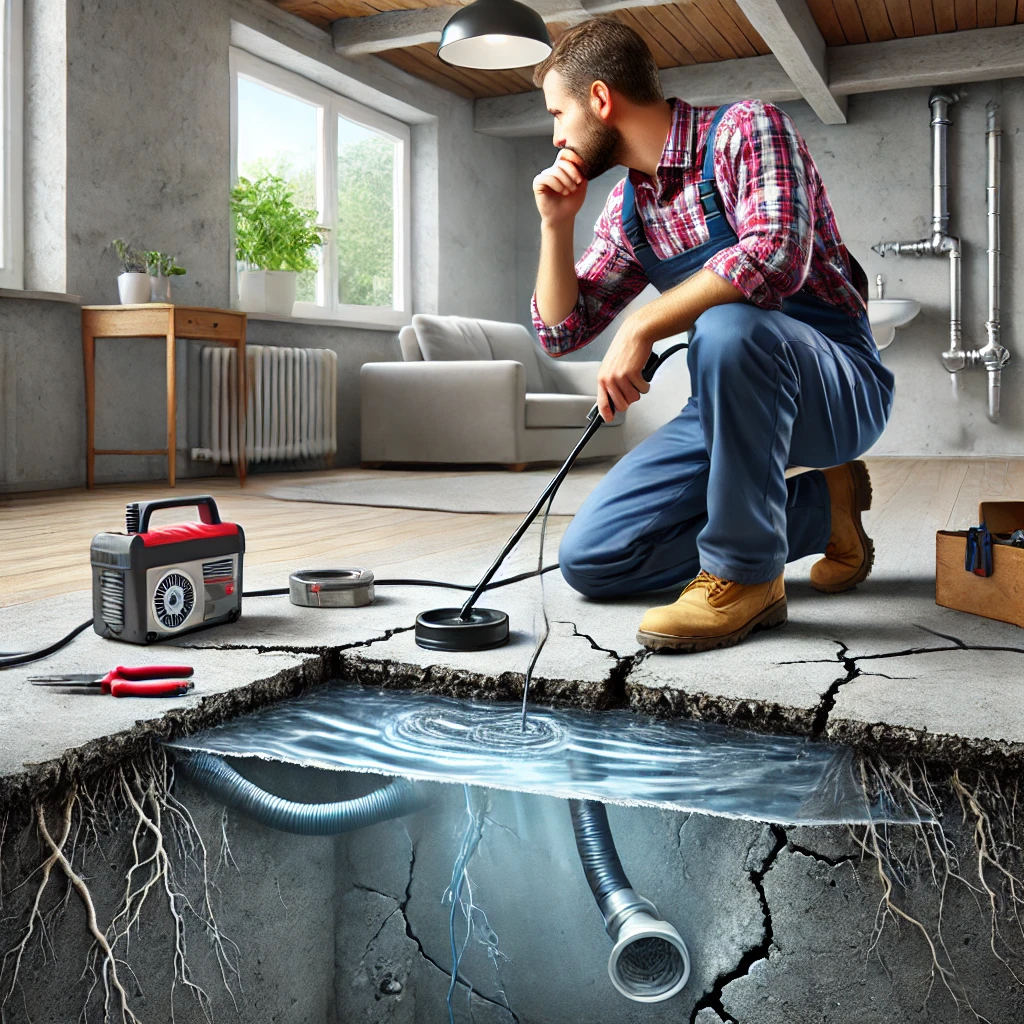A clogged kitchen sink can be a frustrating issue, disrupting daily activities and causing inconvenience in the kitchen. Whether it’s standing water, slow drainage, or an unpleasant odor, dealing with a clogged sink requires the right approach. Many homeowners try DIY solutions, but persistent blockages often require professional intervention.
This guide explores the most common causes of a clogged kitchen sink, DIY methods to clear it, preventative measures, and when it’s time to call a professional plumber.
Common Causes of a Clogged Kitchen Sink
Understanding why sinks get clogged can help prevent future issues. The most common culprits include:
1. Grease and Food Particles
One of the biggest contributors to sink clogs is grease and leftover food scraps. Cooking oils, butter, and fats solidify in pipes over time, causing buildup that traps food particles and debris.
2. Soap Scum and Mineral Deposits
Hard water can lead to the accumulation of minerals inside pipes, creating blockages. Additionally, some soaps contain fats that can combine with minerals to form sticky residue inside the drain.
3. Foreign Objects and Non-Flushable Items
Kitchen sinks are not designed to handle non-biodegradable materials such as coffee grounds, eggshells, fibrous vegetables, pasta, rice, and paper towels. These materials do not dissolve easily and can lead to serious blockages.
4. Accumulated Debris in the P-Trap
The P-trap, located under the sink, is designed to catch debris before it reaches deeper into the plumbing system. Over time, food particles, grease, and other waste can build up inside this U-shaped pipe, slowing water flow or causing a full blockage.
5. Tree Root Intrusion or Sewer Line Issues
If all drains in the house seem slow, the problem may extend beyond the kitchen sink. Tree roots and blockages in the main sewer line can restrict drainage, requiring professional assistance.
DIY Solutions for a Clogged Kitchen Sink
Before calling a plumber, there are several methods homeowners can try to clear the blockage.
1. Boiling Water Flush
Boiling water is one of the simplest ways to clear minor grease and soap scum buildup. Boil a pot of water and pour it directly into the drain. Repeat the process if necessary. This method works best for grease-based clogs.
2. Baking Soda and Vinegar Solution
This natural and eco-friendly remedy can help break down organic debris. Follow these steps:
- Pour half a cup of baking soda into the drain.
- Add half a cup of vinegar and let the mixture fizz for 15-30 minutes.
- Flush with hot water to remove loosened debris.
3. Plunging the Sink
A plunger can help dislodge stubborn clogs by creating pressure. To use a plunger effectively:
- Fill the sink with enough water to cover the plunger’s rubber cup.
- Position the plunger over the drain and plunge vigorously for 30-60 seconds.
- Repeat until the blockage is removed.
4. Using a Drain Snake or Wire Hanger
For deeper clogs, a drain snake or an unbent wire hanger can be used to reach and remove obstructions. Insert the tool into the drain, twist it around, and pull out trapped debris.
5. Cleaning the P-Trap
If the clog persists, it may be necessary to remove and clean the P-trap.
- Place a bucket under the sink to catch any water.
- Unscrew the P-trap using pliers or by hand.
- Remove debris from the pipe and rinse it thoroughly before reattaching it.
When to Call a Professional Plumber
While DIY solutions can clear minor clogs, some blockages require expert assistance. Call a plumber if:
- The clog persists despite multiple DIY attempts.
- Water backs up into other drains, indicating a deeper plumbing issue.
- The sink emits foul odors that don’t go away with cleaning.
- The drain makes gurgling noises, which could signal a blockage in the main line.
- There are signs of water leaks around the pipes.
For expert plumbing solutions, contact ASAP Heating & Plumbing for fast and reliable service. Their team of experienced professionals can diagnose and fix even the most stubborn clogs. Schedule a service appointment today.
Preventing Future Clogs in Your Kitchen Sink
Taking preventive measures can help avoid future blockages and keep your plumbing system in good condition.
1. Dispose of Grease Properly
Instead of pouring grease or cooking oil down the drain, let it cool and dispose of it in a sealed container.
2. Use a Sink Strainer
Installing a sink strainer can help catch food particles and debris, preventing them from entering the drain.
3. Run Hot Water Regularly
Running hot water down the drain after each use can help flush away any grease or soap residue.
4. Avoid Flushing Non-Biodegradable Items
Items such as coffee grounds, eggshells, fruit peels, and fibrous vegetables should be disposed of in the trash or compost rather than down the sink.
5. Perform Regular Drain Maintenance
Using a baking soda and vinegar solution once a month can help break down small blockages before they become major problems.
6. Schedule Routine Plumbing Inspections
Regular maintenance by a professional plumber can detect and resolve potential issues before they cause major damage.
Final Thoughts
A clogged kitchen sink can disrupt your daily routine, but with the right approach, you can resolve the issue quickly. While DIY solutions work for minor clogs, persistent blockages may require professional assistance. Taking preventive measures like disposing of grease properly and using a sink strainer can help keep your sink free of obstructions. If you’re experiencing persistent drainage issues, don’t wait for the problem to worsen. ASAP Heating & Plumbing provides expert plumbing solutions to ensure your sink stays in top condition. Contact them today for professional assistance.







